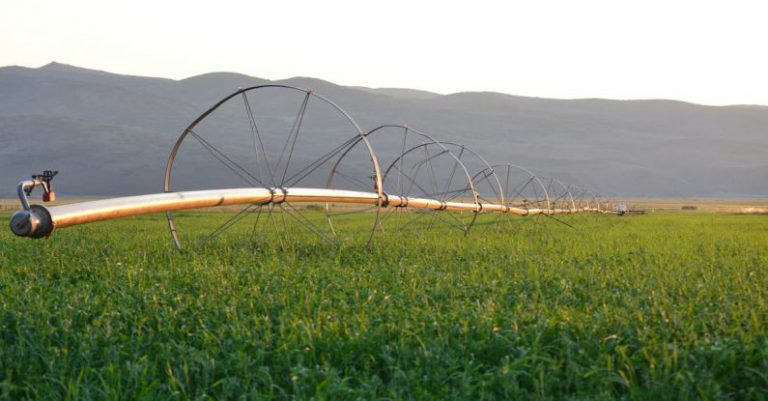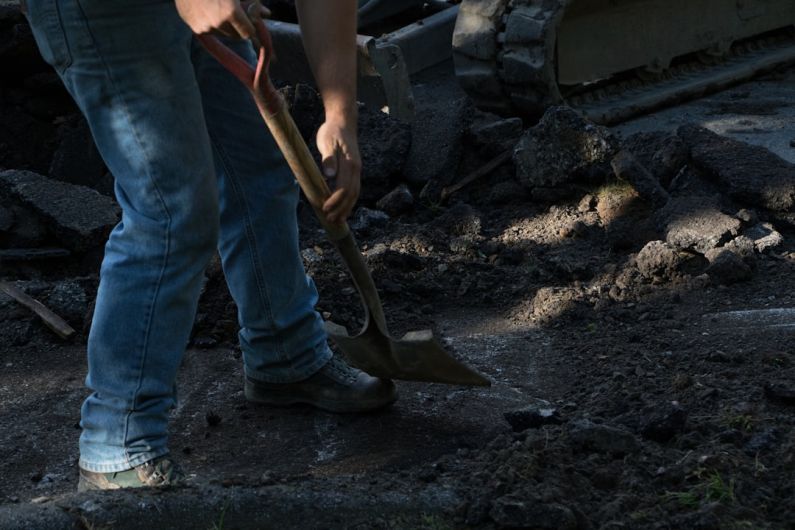How to Design a Drought-tolerant Landscape?
Creating a beautiful and sustainable landscape that can withstand drought conditions is becoming increasingly important as water scarcity becomes a global issue. Designing a drought-tolerant landscape is not only environmentally responsible but also saves water and reduces maintenance requirements. In this article, we will explore some key principles and strategies to help you design a drought-tolerant landscape that is both aesthetically pleasing and resilient.
Choose the Right Plants
The first step in designing a drought-tolerant landscape is selecting the right plants. Opt for native or adaptive plants that are well-suited to your region’s climate and soil conditions. These plants have evolved to survive with minimal water and are more likely to thrive in drought conditions. Look for plants with low water requirements, such as succulents, ornamental grasses, and Mediterranean herbs. Incorporating a variety of plants with different bloom times and textures will add visual interest to your landscape.
Group Plants by Water Needs
To maximize water efficiency, group plants with similar water requirements together. This practice, known as hydrozoning, ensures that plants receive the appropriate amount of water without wasting it on plants with different needs. Divide your landscape into different zones based on water availability and plant water requirements. For example, place plants that require more water near a water source, such as a rain barrel or irrigation system, and reserve the drier areas for plants that can tolerate drought conditions. This strategy not only conserves water but also makes it easier to manage irrigation.
Improve Soil Health
Healthy soil plays a crucial role in supporting drought-tolerant plants. Improve your soil’s water-holding capacity by incorporating organic matter, such as compost or well-rotted manure. This enhances the soil’s ability to retain moisture and reduces the need for frequent watering. Additionally, mulching your landscape with organic materials, such as wood chips or straw, helps to conserve soil moisture, suppress weed growth, and regulate soil temperature.
Efficient Irrigation
When it comes to irrigation, it’s important to be mindful of water usage. Drip irrigation systems are the most efficient method of watering plants in a drought-tolerant landscape. These systems deliver water directly to the root zone, minimizing evaporation and runoff. Install a rain sensor or moisture sensor to prevent unnecessary watering during periods of rainfall or when the soil is already moist. Regularly check for leaks and adjust irrigation schedules based on seasonal changes and plant requirements.
Consider Hardscaping
Incorporating hardscaping elements, such as pathways, patios, or rock gardens, can add visual interest to your landscape while reducing the need for water-intensive plants. Use permeable materials for hardscaping to allow water to infiltrate the soil and prevent runoff. This helps to recharge groundwater and reduce the strain on stormwater management systems. Additionally, consider using shade structures, such as pergolas or arbors, to provide relief from the sun and reduce water evaporation.
Conclusion: Designing a Resilient Landscape
By following these principles and strategies, you can design a drought-tolerant landscape that is not only visually appealing but also resilient in the face of water scarcity. Choosing the right plants, grouping them by water needs, improving soil health, implementing efficient irrigation systems, and incorporating hardscaping elements will help you create a sustainable and low-maintenance landscape. With careful planning and consideration, you can make a positive impact on the environment while enjoying a beautiful outdoor space.






